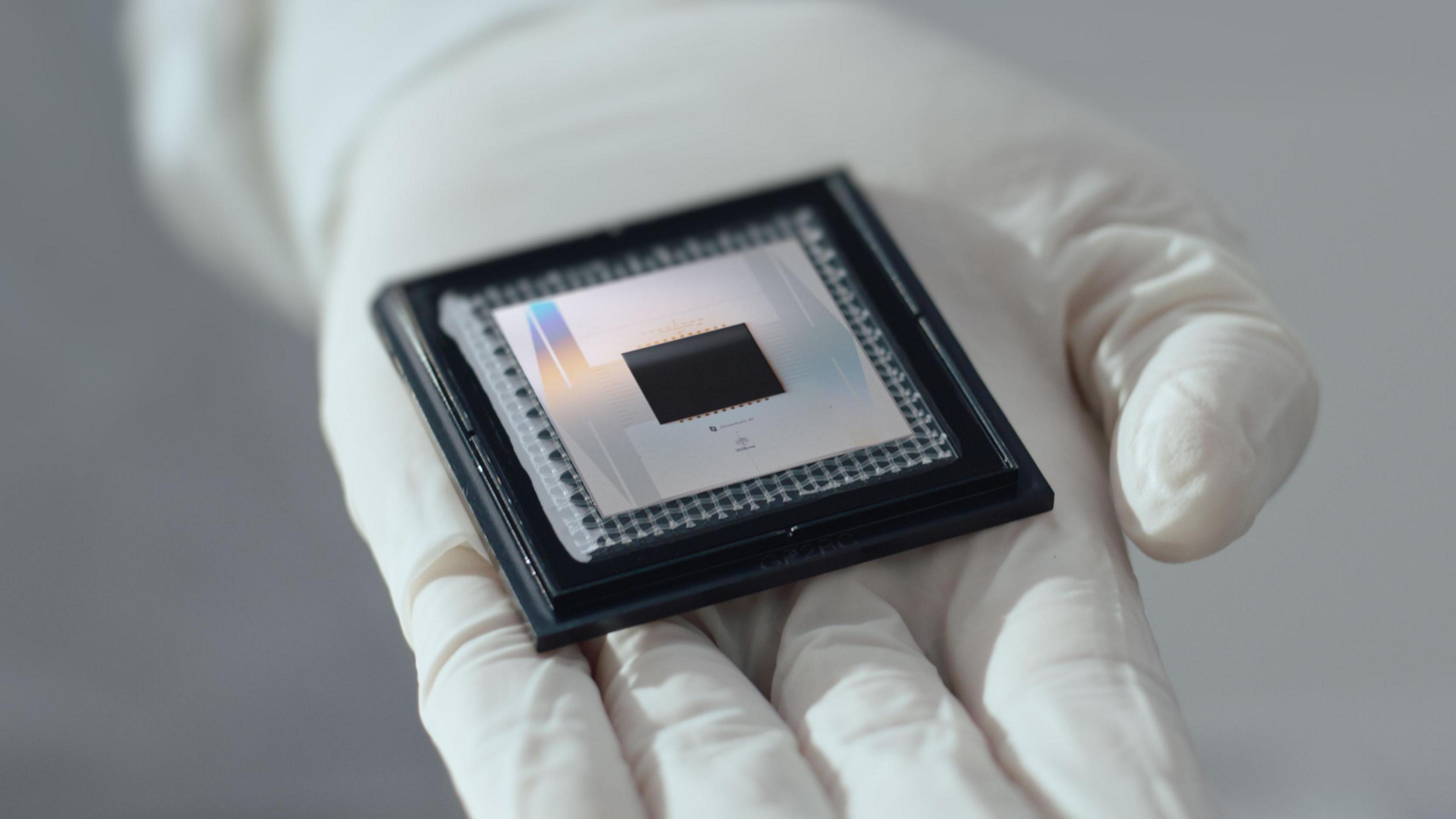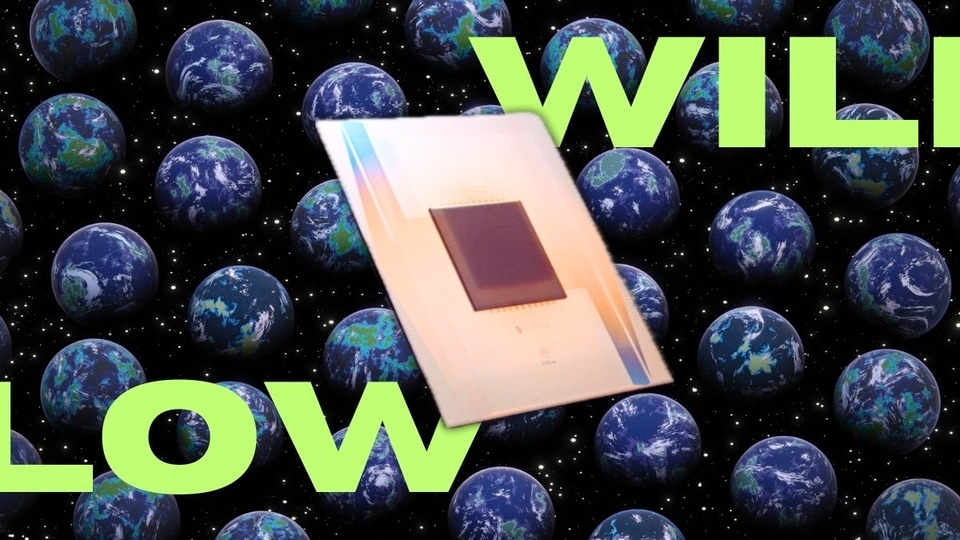Everything You Should Know About Google's New Quantum Chip Willow
Entrepreneur and AI advocate focused on AI for social good and sustainability.

Entrepreneur and AI advocate focused on AI for social good and sustainability.

Quantum computing harnesses the principles of quantum mechanics. This allows for vastly more complex computations than classical computers are capable of. Unlike classical bits, quantum bits, or qubits, can represent 0, 1, or both simultaneously through superposition.
This capability allows quantum computers to explore numerous possibilities at once. This makes them potentially revolutionary for specific tasks.
Google has been at the forefront of quantum computing research for over a decade. Their journey began in 2012 with the establishment of Google Quantum AI. In 2019, they announced the Sycamore processor, claiming it achieved "quantum supremacy".
Willow, announced in December 2024, is their latest advancement. It builds upon the foundation laid by Sycamore, focusing on scalability and error correction.

Willow boasts 105 qubits, nearly double that of its predecessor, Sycamore. More importantly, the emphasis is on qubit quality. Willow's qubits exhibit improved retention times (T1), increasing by about five times compared to previous chips.
This enhancement allows them to hold information for longer periods. It is crucial for ensuring accuracy and stability in computations.
One of the most significant challenges in quantum computing is error correction. As Alex K. Jones explains, noise limits the size of problems that can be computed. Willow addresses this with a groundbreaking approach.
Willow demonstrates that increasing the number of qubits can reduce errors exponentially. This “below threshold” error correction is a major milestone, paving the way for more reliable quantum computations.
Willow's performance on the Random Circuit Sampling (RCS) benchmark is astonishing. It completed a computation in under five minutes. The fastest supercomputer would take an estimated 10 septillion years for the same task.
This demonstrates the immense potential of quantum technology. It also showcases how it can outperform classical computers in specific computational tasks.

Willow's ability to perform complex calculations far beyond the reach of classical computers is a game-changer. It can handle tasks that are currently intractable for even the most powerful supercomputers. This opens up new possibilities in various fields.
For instance, it could revolutionize cryptography. It could also improve our understanding of complex systems through high-fidelity simulations.
Willow's design focuses on scalability. It is not just about increasing the number of qubits but ensuring their reliability. This is crucial for building larger, more fault-tolerant quantum computers.
The improved T1 times and error correction capabilities are key to achieving this. These features make Willow a promising prototype for future quantum systems.
Willow's success in demonstrating "below threshold" error correction is a significant advancement. It validates a fundamental approach to quantum error correction. This has been a major challenge since the concept was introduced in 1995.
This breakthrough paves the way for large-scale, fault-tolerant quantum machines. It also brings us closer to running practical, commercially-relevant algorithms.
)
Quantum computing, particularly with advancements like Willow, holds immense potential for AI. It could enhance machine learning algorithms. This might be achieved by enabling faster training on larger datasets.
This could lead to more sophisticated AI models. These models could be capable of tackling complex problems currently beyond our reach. It could also improve the performance of existing AI applications, such as Google's Imagen 3.
Willow's computational power can significantly impact large data processing and optimization. Quantum algorithms can potentially solve optimization problems more efficiently than classical algorithms. This could have implications for logistics, supply chain management, and financial modeling.
It could also accelerate the development of new materials and drugs. This could be done by simulating molecular interactions with greater accuracy.
The integration of quantum computing with AI is still in its early stages. However, Willow's advancements suggest a promising future. As quantum computers become more powerful and reliable, they could work alongside classical computers to enhance AI capabilities.
This synergy could lead to breakthroughs in areas like natural language processing, computer vision, and robotics. For example, Alibaba's QwQ-32B-Preview LLM could benefit from quantum enhancements.

Willow represents a significant step toward practical quantum computing. The next challenge is to demonstrate "useful, beyond-classical" computations relevant to real-world applications. Google is optimistic that the Willow generation of chips can help achieve this goal.
Further research will focus on improving qubit quality. It will also focus on developing new error correction algorithms.
The advancements in Willow bring us closer to commercially viable quantum computing. Companies like IBM, Microsoft, and Intel are also investing heavily in this field. As quantum technology matures, it could disrupt various industries.
This includes healthcare, finance, and materials science. The potential market for quantum computing is vast, and Willow's success could accelerate its growth.
While Willow is a major breakthrough, significant challenges remain. Building large-scale, fault-tolerant quantum computers is an immense engineering challenge. The transition to NIST post-quantum cryptography standards is also crucial.
However, the opportunities are equally significant. Quantum computing could revolutionize industries. It could also solve some of the world's most pressing problems. For example, it could help develop new AI-powered tools like the Windsurf code editor.

Google's Willow quantum chip is a landmark achievement in quantum computing. Its enhanced computational power, scalability, and error correction capabilities mark a significant leap forward. Willow demonstrates the potential of quantum technology to outperform classical computers in specific tasks.
It also paves the way for practical, real-world applications. This breakthrough brings us closer to a future where quantum computing plays a crucial role in various industries.
Willow's success underscores the rapid progress in quantum computing. While challenges remain, the potential benefits are immense. As quantum technology continues to evolve, it promises to revolutionize fields from AI to materials science.
The journey is far from over. However, Willow provides a glimpse into a future where quantum computers solve problems currently beyond our reach. It also highlights the importance of continued research and development in this transformative field.
Key Takeaways:
— in Computer Vision
— in Quantum AI
— in Quantum AI
— in Quantum AI
— in Natural Language Processing (NLP)